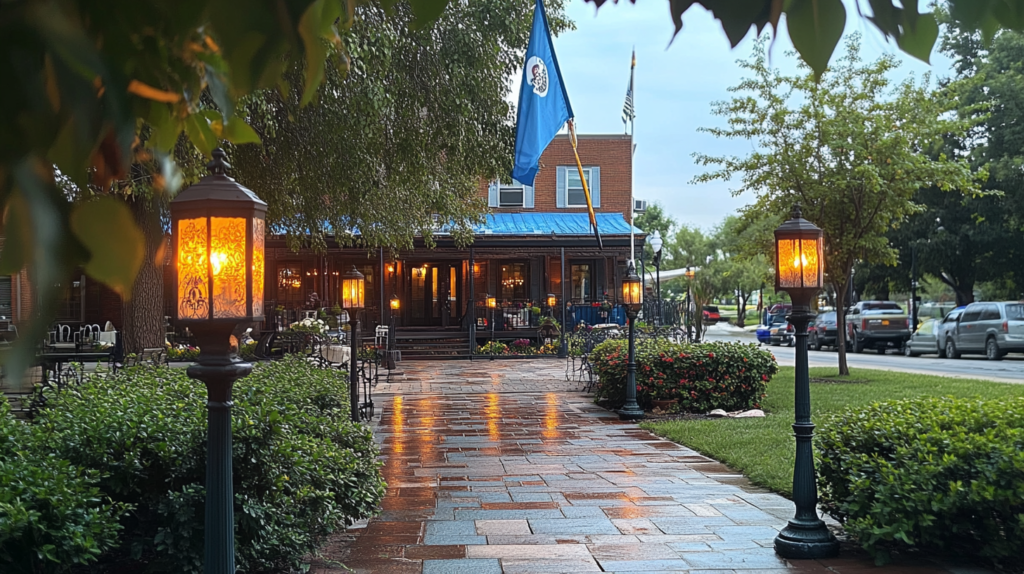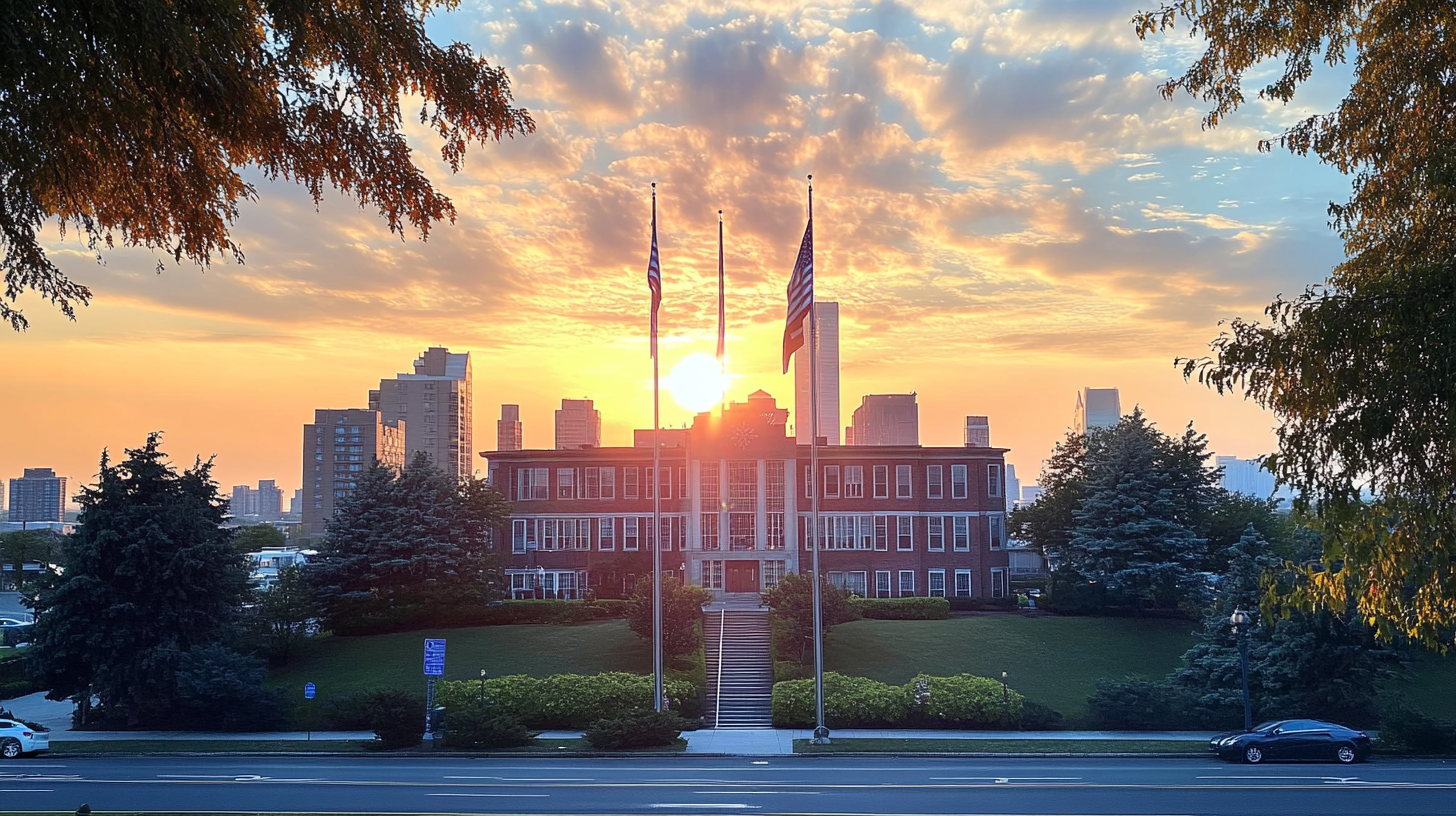In an era where global real estate dynamics are constantly shifting, the contrasts between emerging markets and established metropolises have never been more fascinating. From the rising demand for a penthouse in Abu Dhabi to the vibrant cultural renaissance of New York City’s boroughs, the global housing landscape tells a story of evolving preferences and lifestyle transformations. The interconnected nature of today’s world has created unprecedented opportunities for cross-cultural living experiences, while simultaneously highlighting the unique characteristics that make each location distinct in its own right.
Recent data from international real estate consultancies reveals that property investments across borders have increased by 47% since 2019, with particular emphasis on luxury developments in emerging markets. This surge reflects a broader shift in global lifestyle preferences, where traditional boundaries between work, leisure, and living spaces continue to blur. The phenomenon has been particularly pronounced in regions experiencing rapid urbanization and cultural transformation.
The convergence of Eastern luxury and Western innovation has created new paradigms in residential architecture and community planning. Investment flows between regions have fostered a unique blend of design philosophies, where traditional Middle Eastern hospitality meets contemporary urban living standards. This fusion has resulted in groundbreaking developments that cater to an increasingly sophisticated global citizenry.
Modern urban dwellers now seek more than just a place to live; they desire an experience that encompasses cultural enrichment, technological integration, and sustainable living practices. This shift in consumer preferences has prompted developers and city planners worldwide to reimagine their approach to residential projects, creating spaces that serve multiple purposes while maintaining cultural authenticity.
Midnight Markets and Morning Metros: The Pulse of Urban Living
The rhythm of city life varies dramatically across different global metropolises, yet certain patterns emerge that connect these seemingly disparate urban experiences. In Ajman’s bustling night markets, residents navigate narrow alleyways filled with aromatic spices and handcrafted textiles, while New Yorkers simultaneously rush through the fluorescent-lit passages of subway stations during their morning commute.
Statistical analysis shows that cities with 24-hour economies have experienced a 28% higher rate of property value appreciation compared to those with traditional business hours. This phenomenon has particularly impacted residential developments near commercial hubs, where convenience and accessibility command premium prices.
The concept of time utilization in urban spaces has evolved significantly, with cities adapting their infrastructure to accommodate round-the-clock activities. Research indicates that properties in areas with extended operating hours for public services and amenities command an average premium of 15-20% over comparable properties in more traditional neighborhoods.
The interplay between nocturnal and diurnal urban rhythms has given rise to new architectural solutions that prioritize sound insulation, light management, and flexible living spaces. Developers have responded by incorporating innovative design elements that allow residents to maintain their preferred lifestyles without disrupting their neighbors’ routines.

Silicon Sanctuaries: Where Technology Meets Tradition
The integration of smart home technology with traditional architectural elements has created a new category of residential spaces that bridge the gap between heritage and innovation. Modern developments increasingly incorporate artificial intelligence and Internet of Things (IoT) solutions while preserving cultural design elements that give properties their unique character.
Market research indicates that properties equipped with smart home features command a 23% higher resale value compared to traditional properties in the same area. This premium has sparked a wave of retrofitting projects in historical buildings, where modern conveniences are carefully integrated without compromising architectural integrity.
The demand for technologically enhanced living spaces has grown exponentially, with a 156% increase in smart home device installations over the past three years. This trend is particularly pronounced in luxury developments, where residents expect seamless integration of advanced features with traditional design elements.
The marriage of technology and tradition has also influenced community planning, with developers creating spaces that facilitate both digital connectivity and face-to-face interaction. These hybrid environments have proven particularly attractive to young professionals and families seeking the perfect balance between modern convenience and cultural authenticity.
Vertical Villages: Reimagining Community in the Sky
The concept of vertical communities has evolved beyond simple high-rise living to encompass entire ecosystems of social interaction, commerce, and leisure activities. Modern skyscrapers increasingly function as self-contained neighborhoods, complete with shared spaces, amenities, and services that foster a sense of community among residents.
Recent studies indicate that developments incorporating communal spaces and shared facilities experience 42% higher resident satisfaction rates compared to traditional apartment buildings. This has led to a surge in innovative design solutions that maximize social interaction while maintaining privacy and security.
The economic implications of vertical community development have been significant, with property values in well-planned vertical villages appreciating at rates 1.8 times higher than conventional residential towers. This premium reflects the growing recognition of the importance of community infrastructure in urban living spaces.
Architectural innovations in vertical development have focused on creating micro-neighborhoods within larger structures, with dedicated spaces for different activities and age groups. These design solutions have proven particularly successful in dense urban environments where traditional community spaces are scarce.
Cultural Crossroads: The New Geography of Urban Identity
The intersection of different cultural influences in modern urban developments has created unique residential environments that reflect the increasingly global nature of contemporary society. These spaces serve as meeting points for diverse traditions, creating new forms of architectural and social expression.
Demographic studies reveal that neighborhoods with high cultural diversity experience real estate value appreciation rates 33% above market averages. This trend is particularly evident in areas where traditional and modern elements combine to create distinctive living environments.
The impact of cultural fusion on residential design has led to the emergence of new architectural styles that blend elements from different traditions. These hybrid designs have proven particularly attractive to international buyers, who seek properties that reflect their multicultural lifestyles.
Professional analyses indicate that developments incorporating multiple cultural influences attract a more diverse resident profile and maintain higher occupancy rates throughout market cycles. This stability has made culturally diverse developments particularly attractive to long-term investors and property developers.
Sustainable Symphonies: The Harmony of Green Living
Environmental consciousness has become a defining factor in modern residential development, with sustainable features moving from luxury additions to essential elements of contemporary housing. The integration of green technologies and design principles has created new standards for urban living.
Financial analysis shows that properties with high sustainability ratings command price premiums of up to 28% compared to conventional developments. This premium has encouraged widespread adoption of green building practices across different market segments.
Investment in sustainable residential infrastructure has grown by 189% over the past five years, reflecting both consumer demand and regulatory requirements. This trend has particularly impacted luxury developments, where environmental features are increasingly viewed as status symbols.
The harmonious integration of sustainable features with luxury amenities has created a new category of premium properties that appeal to environmentally conscious affluent buyers. These developments demonstrate that ecological responsibility and luxurious living are not mutually exclusive concepts.
Conclusion
The global residential landscape continues to evolve, shaped by the interplay of cultural traditions, technological innovation, and changing lifestyle preferences. From the luxurious penthouses of Abu Dhabi to the bustling streets of New York City, each location contributes to a rich tapestry of urban living experiences. The future of residential development lies in the successful integration of these diverse influences, creating spaces that serve not just as homes, but as catalysts for cultural exchange and community building. As we move forward, the ability to balance local character with global connectivity will remain crucial in shaping the next generation of urban living spaces.
